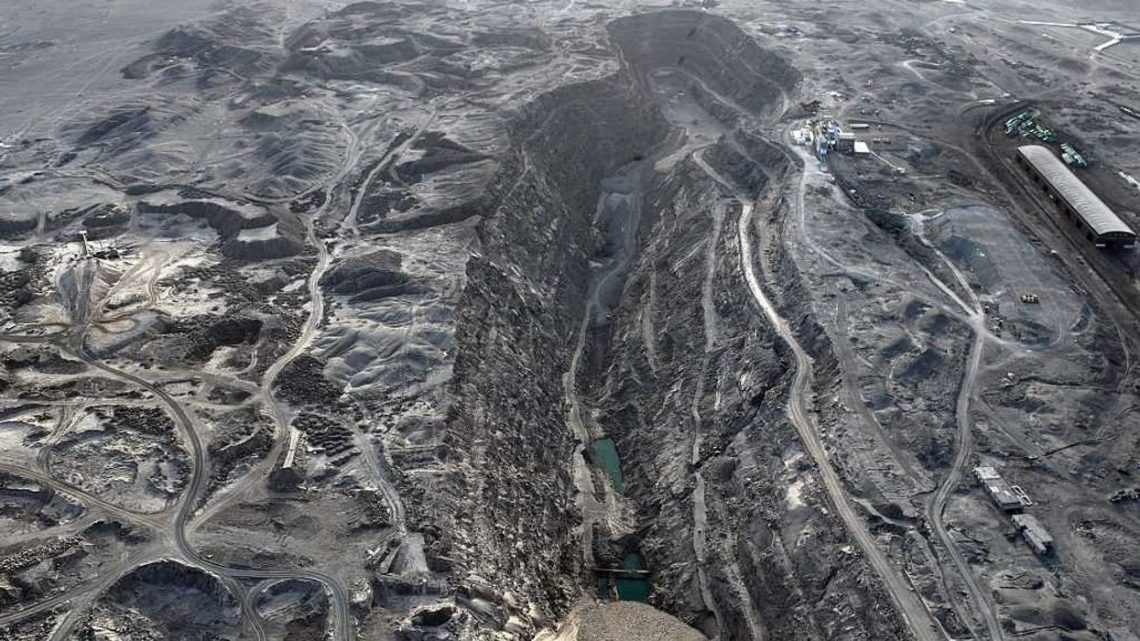On October 20, 2025, in a room scrubbed clean for statecraft, the leaders of the United States and Australia announced a pact. The numbers were large, commitments of $1 billion each, a pipeline worth $8.5 billion, and another $2.2 billion in letters of interest. The language was of strategic reassurance: “securing critical minerals,” “building an allied supply chain.” They spoke of a gallium plant in Western Australia, of the Nolans project in the Northern Territory.
What was stated only in the careful argot of diplomacy was the anxiety. The pact was not a gesture of optimism. It was a $10.7 billion hedge against a future held hostage. The objects of this anxiety are the rare-earth elements. They are the “vitamins” of modern technology, a group of 17 soft, silvery metals that, while not strictly rare, are rarely found in concentrations that make extraction anything but a geologic and chemical trial. We seldom see or think about them, yet they are the invisible underpinning of the contemporary world.
For all our talk of the virtual, our civilization runs on materials.
We carry them in our pockets, these bits of refined earth. Neodymium and praseodymium form the tiny, powerful magnets that make an electric vehicle motor turn and a wind turbine spin. Lanthanum and cerium provide the optical clarity for a camera lens. Europium and yttrium are the phosphors that make a smartphone screen vivid. They are virtually indispensable to the high-tech, high-speed, high-definition life we have constructed for ourselves. They are also indispensable to the machinery of modern defense: the precision-guided missiles, the jet engines, the radar systems.
There is a profound cultural dislocation at work here. We have come to believe in the immateriality of our age. We speak of the “cloud,” of data, of software, as if these things were weightless, existing only as light and logic. The rare-earth scramble is a reminder that the most ethereal digital experience is tethered to the physical crust of the Earth. The cloud has a body, and that body is dug from the ground, often with toxic solvents and radioactive tailings.
China has become the center of this industry, not by accident, but by design, and by a failure of Western imagination. Decades ago, Beijing designated rare earths as “protected and strategic minerals,” while the United States, under the sway of environmental regulation and market efficiencies, allowed its own production to atrophy. The Mountain Pass mine in California, once the world’s leader, went dark in 2002, while China embraced the dirty, complex, and unprofitable “downstream” work: the refining and processing of these rare earths.
The result is a near-monopoly.
RELATED: This city bought 300 Chinese electric buses — then found out China can turn them off at will
 Photo by VCG / Contributor via Getty Images
Photo by VCG / Contributor via Getty Images
By 2025, Chinese firms controlled perhaps 90% of global rare-earth refining and 93% of magnet manufacturing. And with control comes leverage. In 2010, a territorial dispute with Japan was punctuated by China’s abrupt halt of rare-earth exports, sending global prices into panic. By 2025, the mechanism was more refined: new export rules targeting high-performance magnets, rules that, when briefly tightened, shut down supply chains for automakers. This is the power to turn off the assembly line. This is the power to ground the jets.
We have seen this story before. We call rare earths “the new oil,” and in doing so, we betray a certain exhaustion. We are merely rerunning the script of the 20th century. The 1973 oil embargo revealed the strategic peril of relying on a single region for the nonnegotiable fuel of the economy. The current scramble, the U.S.-Australia pact, the Pentagon-funded reopening of Mountain Pass, the talk of “urban mining” to reclaim neodymium from old hard drives, is the same reflex. It is the belated, frantic effort to diversify, to stockpile, to rebuild what was lost, to avoid being held hostage.
The script is older even than oil. It is the story of the Bronze Age, defined by the desperate, sprawling trade networks required to secure tin. It is the story of the Iron Age, where mastery of a new metal conferred dominance. It is, as Plato observed in the Republic, the inevitable story of the “luxurious city.” A simple society, Socrates argued, a “city of pigs,” lives in peace. But the moment a society desires more (fine furniture, luxuries, or, for us, a high-speed data plan), it must expand. It “inevitably goes to war to secure resources.”
Our digital city is the luxurious city. We crave the wind turbine and the EV motor, what we call the “green” transition, but we find it relies on the same “rare green.” We crave the vivid screen and the smart missile. And so we are compelled to scour the globe, to make pacts, to engage in resource diplomacy.
This quest is not a move into a new technological future but a return to the oldest imperatives. It is the hard reminder that for all our talk of the virtual, our civilization runs on materials. The hunt for rare earths forces us to confront the weight of our lightness, to see the shadow that our digital lives cast upon the actual, finite earth. It is, and always has been, a scramble for the dirt.
The post Without these minerals, US tech production stops. And China has 90% of them. appeared first on TheBlaze.




